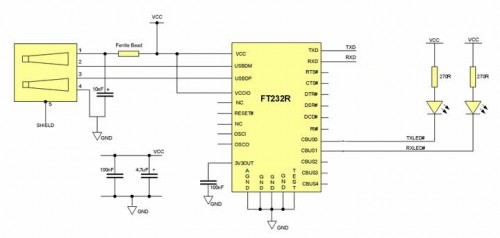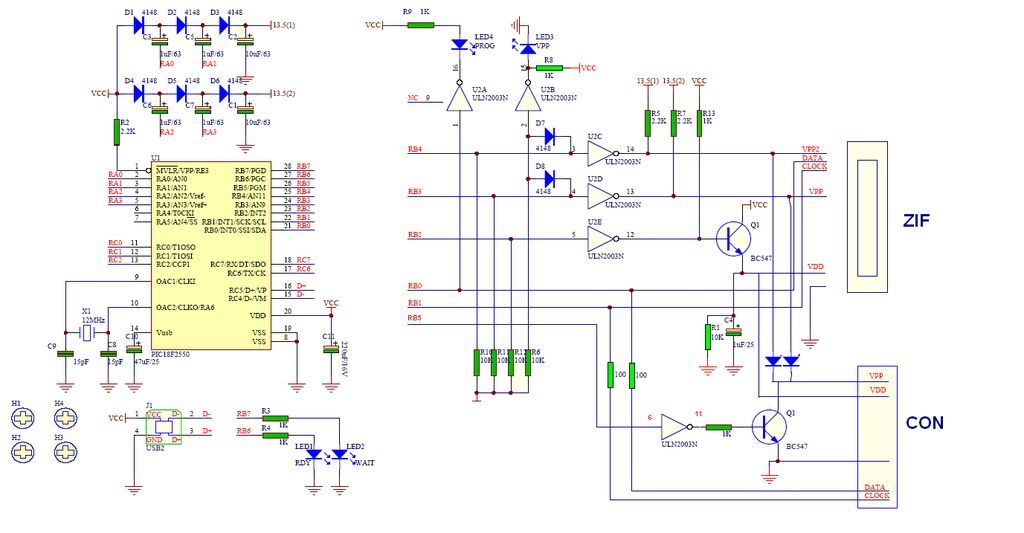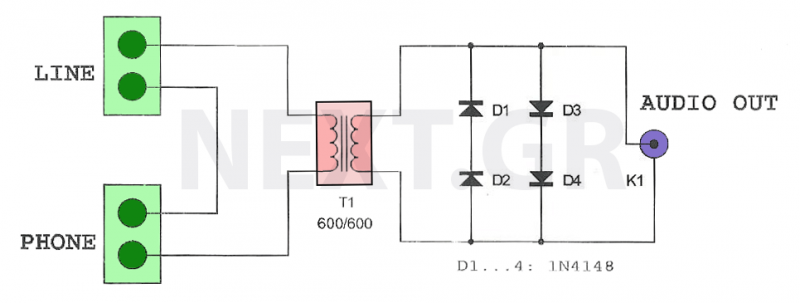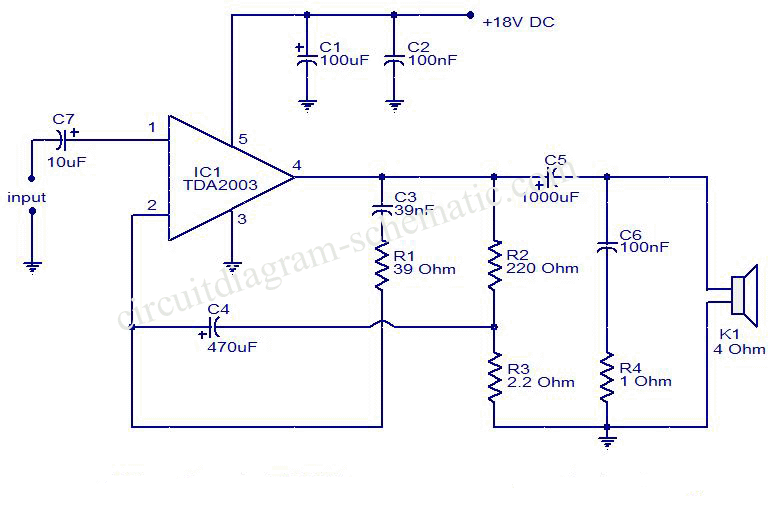
usb to rs232 converter using ft232

Some still remember the serial RS232 port, also referred to as a COM PORT, as its functionality has largely been replaced by USB ports. However, for electronics engineering students and technicians learning about computer interfaces, the RS232 port remains relevant. In cases where RS232 ports are not available, one effective solution is to use a USB to RS232 converter utilizing the FT232 integrated circuit (IC). Below is a schematic diagram for the USB to RS232 converter.
The USB to RS232 converter circuit primarily utilizes the FT232 IC, which serves as a bridge between USB and serial communication. The FT232 chip is designed to handle the USB protocol while providing a standard RS232 serial interface. The circuit typically includes several key components: the FT232 IC, capacitors for power stabilization, and resistors for signal conditioning.
The schematic begins with the USB input, where the FT232 receives power and data. The VCC pin of the FT232 is connected to the USB power supply, typically 5V, while the GND pin is connected to the ground. The FT232 has several pins dedicated to serial communication, including TXD (transmit data) and RXD (receive data), which connect to the RS232 interface.
For RS232 compatibility, a level-shifting circuit is often included to convert the TTL (Transistor-Transistor Logic) levels from the FT232 to the RS232 voltage levels, which can range from -15V to +15V. This is typically achieved using a combination of transistors and capacitors. Additionally, the circuit may incorporate a DB9 connector, which is a common connector for RS232 communication, allowing for easy interfacing with other devices.
Capacitors are placed near the power supply pins of the FT232 to filter out noise and ensure stable operation. Resistors may be used to pull-up or pull-down signals as needed to maintain proper logic levels.
In summary, the USB to RS232 converter circuit using the FT232 IC is a practical solution for interfacing modern USB devices with legacy RS232 systems, making it an essential tool for electronics engineers and technicians working with various communication protocols.Some still remember the serial RS232 port or ports, or there is also a call COM PORT because rarely posrt RS232 function has been replaced with a USB port. But I`m sure, to electronics engineering student, or other techniques to learn techniques such as computer interfaces, RS232 port is still needed.
Well, if you do not have RS232 ports provide one way to converter USB to RS232 using IC FT232. The following is a schematic USB to RS232 converter drawing: 🔗 External reference
The USB to RS232 converter circuit primarily utilizes the FT232 IC, which serves as a bridge between USB and serial communication. The FT232 chip is designed to handle the USB protocol while providing a standard RS232 serial interface. The circuit typically includes several key components: the FT232 IC, capacitors for power stabilization, and resistors for signal conditioning.
The schematic begins with the USB input, where the FT232 receives power and data. The VCC pin of the FT232 is connected to the USB power supply, typically 5V, while the GND pin is connected to the ground. The FT232 has several pins dedicated to serial communication, including TXD (transmit data) and RXD (receive data), which connect to the RS232 interface.
For RS232 compatibility, a level-shifting circuit is often included to convert the TTL (Transistor-Transistor Logic) levels from the FT232 to the RS232 voltage levels, which can range from -15V to +15V. This is typically achieved using a combination of transistors and capacitors. Additionally, the circuit may incorporate a DB9 connector, which is a common connector for RS232 communication, allowing for easy interfacing with other devices.
Capacitors are placed near the power supply pins of the FT232 to filter out noise and ensure stable operation. Resistors may be used to pull-up or pull-down signals as needed to maintain proper logic levels.
In summary, the USB to RS232 converter circuit using the FT232 IC is a practical solution for interfacing modern USB devices with legacy RS232 systems, making it an essential tool for electronics engineers and technicians working with various communication protocols.Some still remember the serial RS232 port or ports, or there is also a call COM PORT because rarely posrt RS232 function has been replaced with a USB port. But I`m sure, to electronics engineering student, or other techniques to learn techniques such as computer interfaces, RS232 port is still needed.
Well, if you do not have RS232 ports provide one way to converter USB to RS232 using IC FT232. The following is a schematic USB to RS232 converter drawing: 🔗 External reference


%2BCircuit%2Bdiagram%2Busing%2BCD4047%2Band%2BIRFZ44%2Bpower%2BMOSFET.png)


